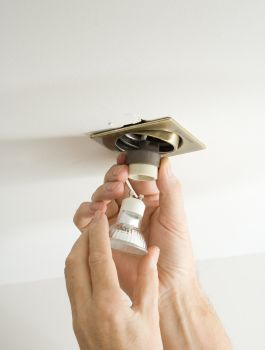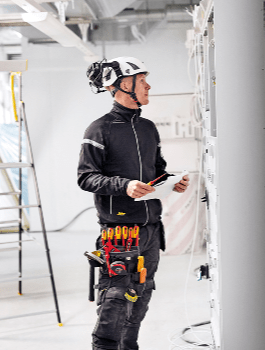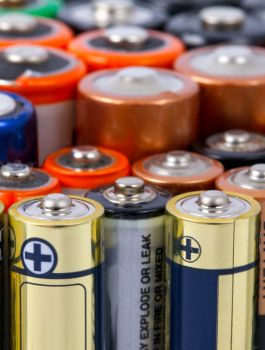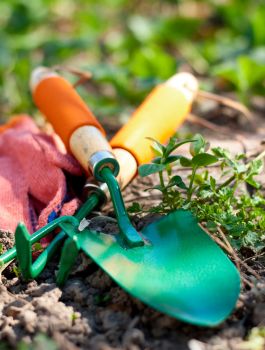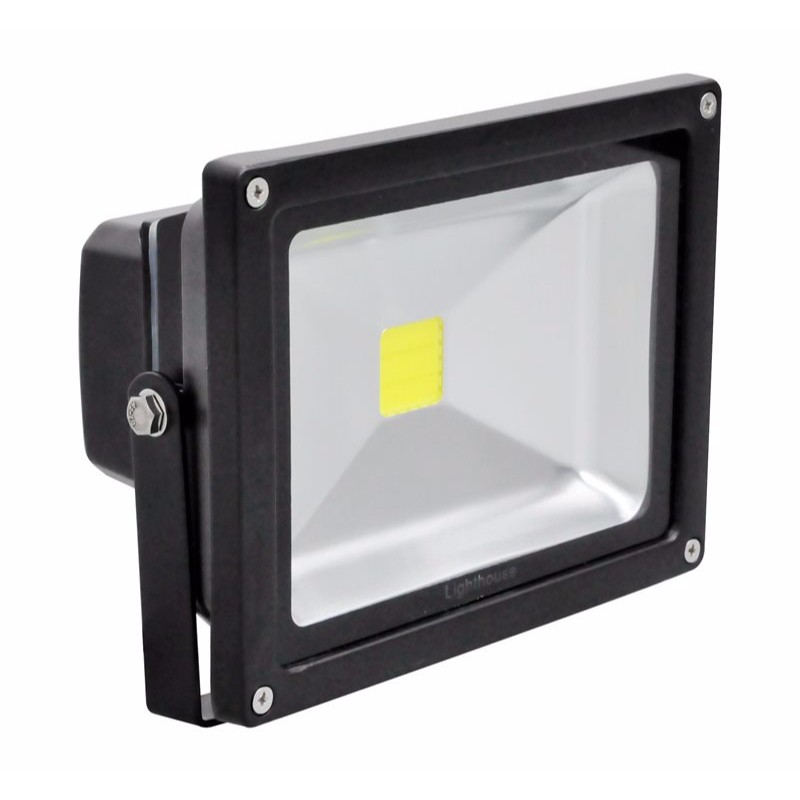
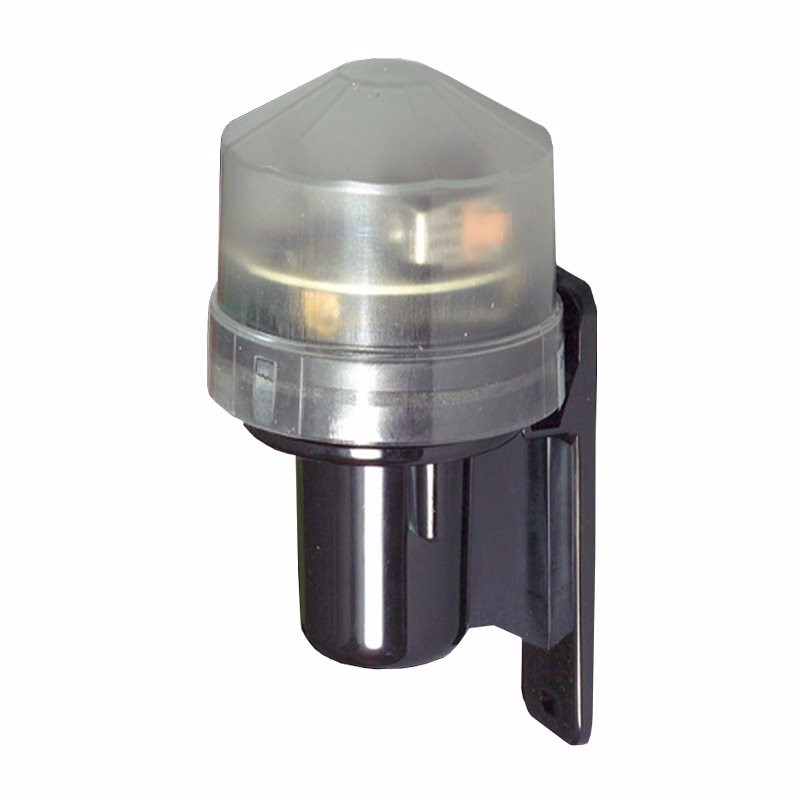
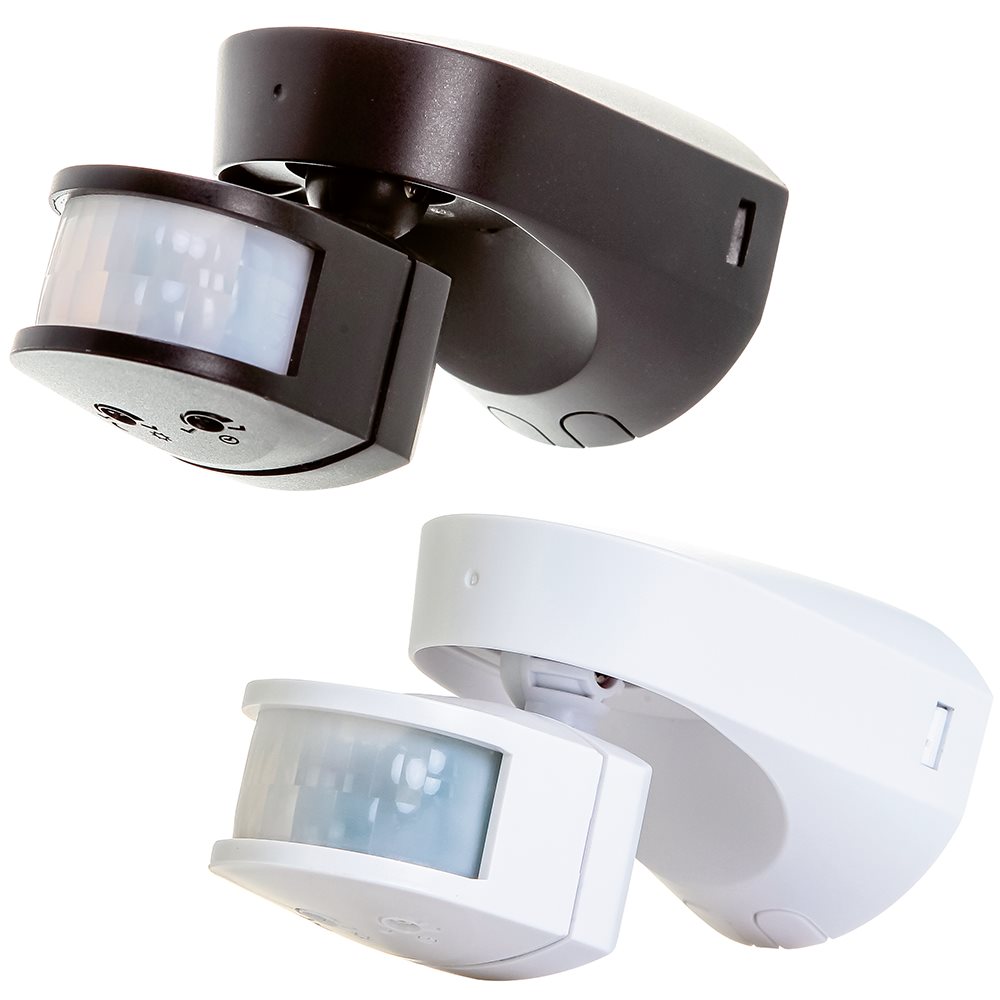
The Benefits of Outdoor Floodlights/Motion Lights
There are loads of benefits to outdoor lighting from lighting the path to your front door to seeing who’s calling at night-time and even deterring potential burglars. It allows you to make the most of your outdoor space in the summer and can create amazing visual effects in and around your plants.
DIY Or Pro?
There are some jobs around the home that can absolutely be DIY projects but the extent to which you go DIY depends very much in your level of experience and confidence in your ability in the task.
Would you save money by doing the project yourself?
That really is the question. If you have any doubts at all that a job like hooking up outdoor floodlights or motion lights is very much out of your comfort zone or that there’s a chance that you could cause more damage than you would save in doing it DIY then step aside and let the experts handle it.
So, now you’ve decided to handle the job yourself then it’s always safety first!


For reasons of safety, the lights have to be installed in line with local building regulations. If you have any doubts or if the law requires it then consult an expert, someone who is registered with an electrical certification scheme. You can find out more information online or from your local authority.
New or modified installations have to comply with the IEE Wiring Regulations
Lights can be attached to house walls to light up front and back doors or on corners to light up pathways. Connect them by spurs from existing lighting or power circuits.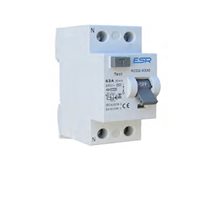
It’s a good idea to use an RCD so that in the event of a fault the power turns off immediately. Some modern units include an RCD but for older models, you might need to wire one in separately.
Step 1 - Drill a hole where the light is to go, have it that it’s angled slightly down towards the outside. Line the hole with a plastic conduit and put the cable through.
Step 2 - connect the cores of the cables to the correct terminal inside the unit or to its flex cores with strip connectors. Enclose in a Weatherproof box to keep the damp out.
Step 3 - Fit the light to the wall and add a bead of silicone sealant to keep moisture out
Step 4 - In the house have the light supply cable running to a suitable position for cutting into a main lighting circuit cable with a four-terminal junction box
Step 5 - Add a switch and run a length of 1mm² two-core-and-earth cable back to the junction box
Step 6 - Isolate the circuit and check that there is no power going through it with the voltage tester. Cut through the main circuit cable and make the connections in the junction box.
Running a spur from a power circuit
Should you decide to run an outside wall light from the main power circuit you need to identify a suitable socket to run the spur from. The circuit has to be RCD protected.
Tip for Security lighting - For complete peace of mind, pick a floodlight with PIR (passive infrared sensor) motion detectors. The PIR automatically turns the floodlight on when movement is detected. The same fitting can provide automatic low-level lighting from dusk to dawn as well.
Step 1 - run the spur in 2.5mm² two-core-and-earth cable to the ‘feed’ terminals of a fused connection unit containing a 5amp fuse. If it has a switch use it to turn the light off and on, otherwise it’ll need a separate switch
Step 2 - run 1mm² two-core-and-earth cable from the 'load' terminals of the fused connection unit, directly to the light (if your unit has a switch), or to a four-terminal junction box - from this you can run separate switch drops and light supply cables.
Garden lighting can be powered from a spur off a ring circuit, using a 5amp fused connection unit. Outside, you need to supply your lights via 1.5mm² three core steel-wire-armoured cable (SWA). Only fit weatherproof lights suitable for outdoor use and ensure that your circuit is RCD-protected.
Working with steel-wire-armoured (SWA) cable
-
-
Most Commonly the cores of three-core SWA are brown, black and grey. You have to fit green/yellow sleeving over the black core at every connection to show this is being used as earth.
-
You should bury SWA because if you accidentally cut through it could very easily be fatal. Lay it in a trench of a depth of at least 450mm under a path or driveway, or a depth of 750mm below unpaved areas that may have to be dug up at some point. For extra safety run electrical route marker tape above the cable at a depth of around 150mm.
-
Use SWA cable clips to secure SWA to your house wall. Fix them to the wall with suitable plugs and screws, and, where necessary, protect it.
-
Using a junior hacksaw cut through the SWA, and, with pliers, strip back the armouring.
-
, covered in a plastic gland shroud - it's very important to use the correct fittings to stop the cable weatherproof glandConnect the SWA cores to those of 1.5mm² two-core-and-earth cable in an adaptable weatherproof box fixed to the wall of your house. The SWA has to enter the box by a purpose-made armouring becoming eroded. If your adaptable box is painted, clean off the paint where the cable enters it. This will give a good metal-to-metal contact - effectively earthing the armouring.
-
pay particular attention to the earth connections and any waterproof seals When you connect the cable to your lights - it's vital that your units are weatherproof. You also need glands to protect the SWA as it enters the lights (follow manufacturer's instructions).
Fitting low voltage outdoor lighting
A low voltage set-up is the safest and easiest outdoor light to install. The light units are often on spikes, which can be simply pushed into the ground. The lights power comes from the transformer by way of an ordinary two-core cable.
Step 1 - The lights are fed by a 12-volt transformer, which should be plugged into a convenient indoor socket, or in a shed or garage - it needs to be protected from the weather. The circuit length and load will determine the cable size. It can be passed through a hole drilled in the wall and line with a conduit, or a hole in a window frame or door.
Step 2 - Use silicone sealant to plug the hole to avoid moisture. The cable can be laid safely on or just below the surface because of the low voltage. However, to avoid loose cable it's best to bury it about 450mm deep. Lay electrical route marker tape above it at about 150mm to mark where it is.
No mains wiring and easy to install and they won't add to your electricity bill.
As with any project the devil’s in the detail, plan your project out in terms of what the end goal is. Essentially, the question you’re asking yourself is what is the purpose of the floodlight? Knowing the answer to this question will allow you to know not only what sort of lighting solution you need but also where to position it.

 Hate
Hate
 Dislike
Dislike
 Neutral
Neutral
 Like
Like
 Love
Love

